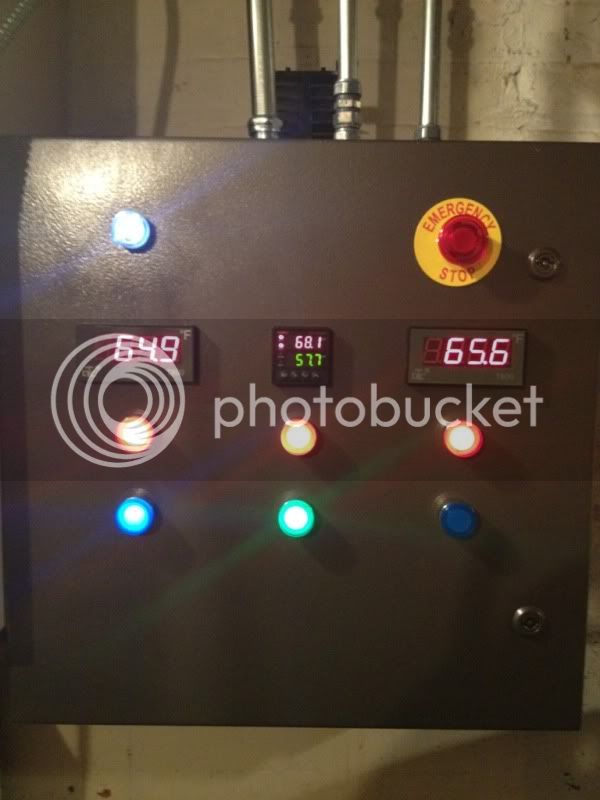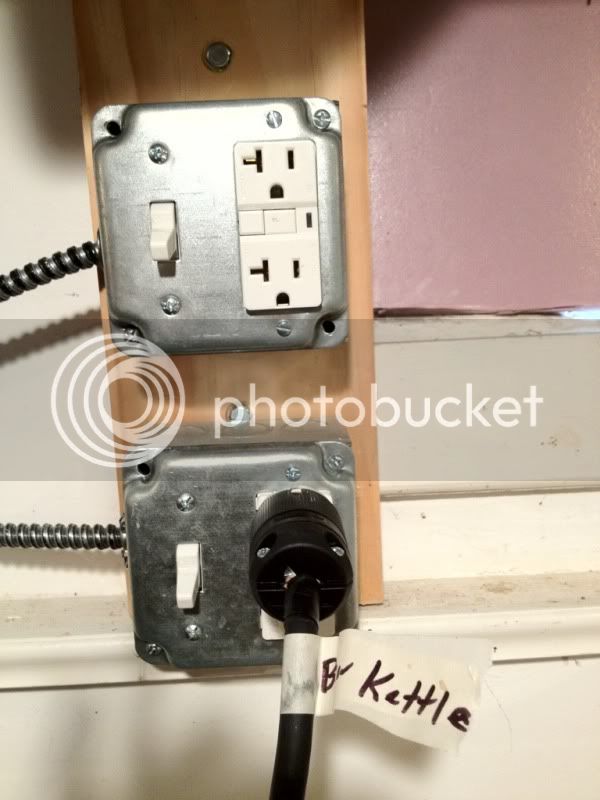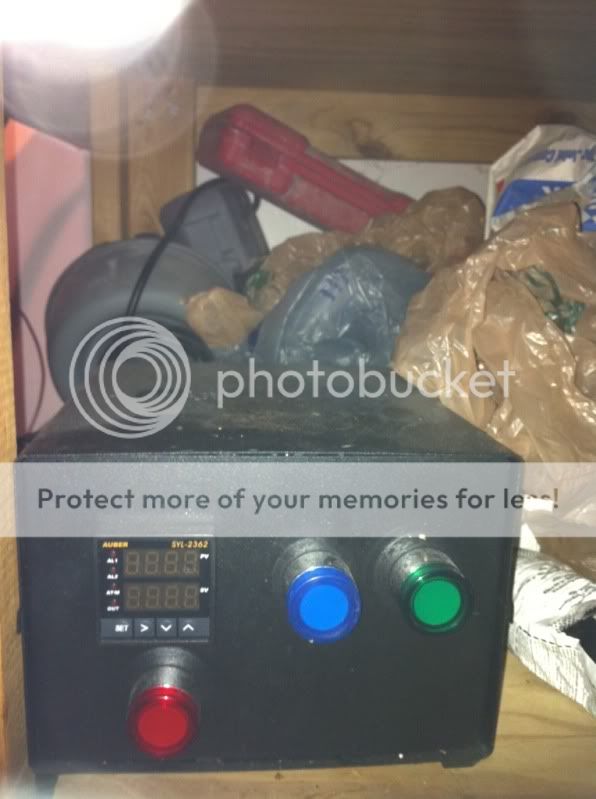Here's what I was suggesting. You use existing 20 amp breakers in your main panel. You run them to switched GFCI outlets. Use two 2000W 120v elements per keggle. This is enough power to do 10 gallon batches if you want to.
This is a good place to get started. I wouldn't recommend tackling a control panel build with no electrical knowledge or experience at all. If you're patient and get help as needed, you could do it. I started by putting in some 20 amp breakers, using switched gfci outlets. It's fine.
I then built a small control box with a PID.
The last step was the big panel. Each step I took was a learning experience.
Hey, there's great resources on this board and many of us come to electric brewing with little knowledge about it. Just be careful, ask questions, use the resources here, and really just take it slow. You could go for a big panel if you want, but my advice is to start smaller with installing a breaker or two in your main panel and using some switched outlets.
The best build thread there is is Kal's thread. You should also read the electrical primer stickied on this thread.
Good luck. It'll be a fun adventure I'm sure.






